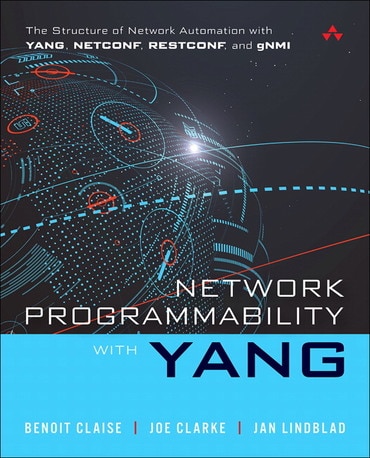Switch content of the page by the Role togglethe content would be changed according to the role
Network Programmability with YANG: The Structure of Network Automation with YANG, NETCONF, RESTCONF, and gNMI, 1st edition
Published by Addison-Wesley Professional (May 15, 2019) © 2019
- Benoit Claise
- Joe Clarke
- Jan Lindblad
eTextbook
$55.19
$47.99
Need help? Get in touch

Digital Learning NOW
Extend your professional development and meet your students where they are with free weekly Digital Learning NOW webinars. Attend live, watch on-demand, or listen at your leisure to expand your teaching strategies. Earn digital professional development badges for attending a live session.

